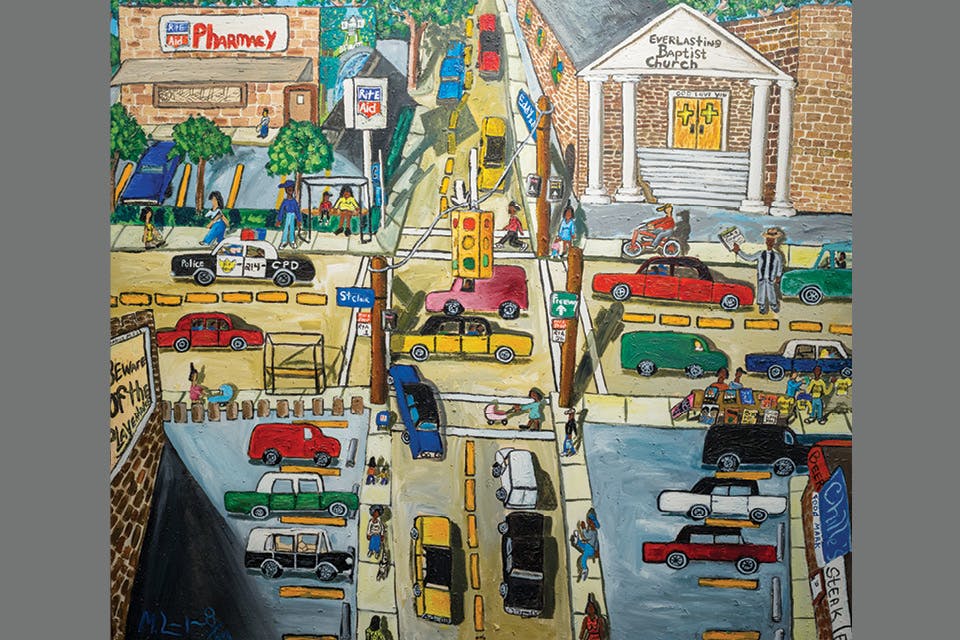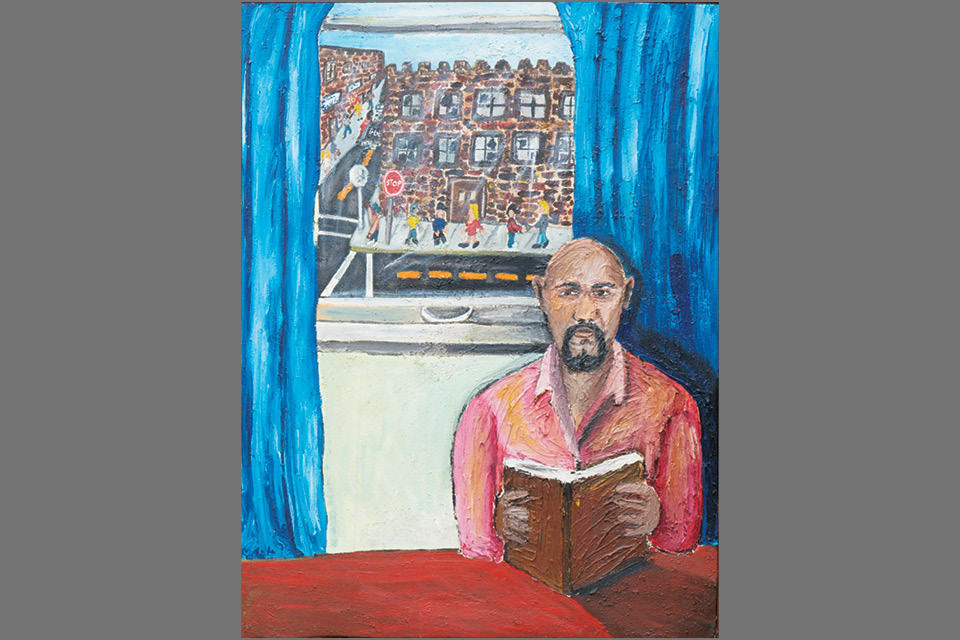Arts
See “Michelangelo Lovelace: Art Saved My Life” in Akron
The Akron Art Museum exhibition featuring works by the late artist reflects the city the Cleveland-based artist called home and his life there.
Related Articles
.jpg?sfvrsn=6b61b838_5&w=960&auto=compress%2cformat)
5 Unique Symphony Shows to See This Season
Orchestras take on pop, country, Broadway musicals and Hollywood scores at Ohio theaters and music halls between now and March 8. READ MORE >>

Toledo Museum of Art Announces 2025 Exhibition Highlights
From the glamour of Hollywood jewelry to Dutch still-life paintings to art of Indigenous people, these exhibitions cover a wide range of creativity. READ MORE >>

See Unique Works by Ohio Ceramics Artists at This Annual Show
See a variety of ceramics art, from delicate creations to large-scale works, during the 20th anniversary of this free show at northeast Ohio’s River Gallery. READ MORE >>




